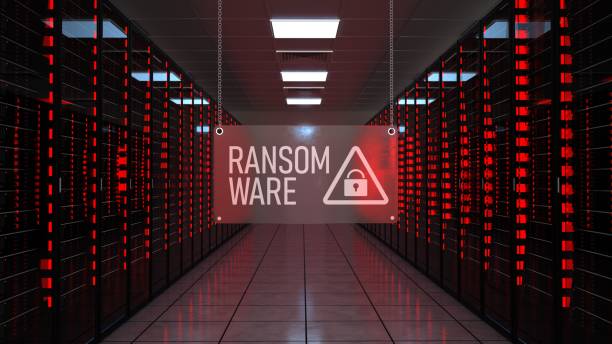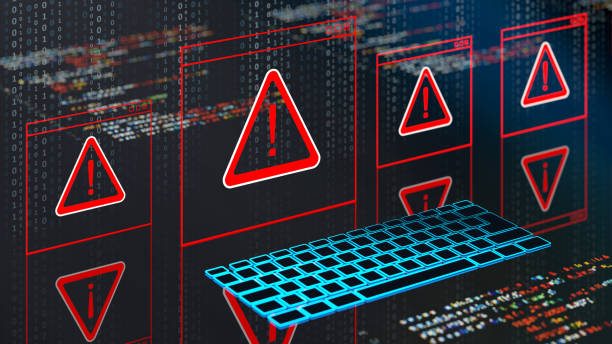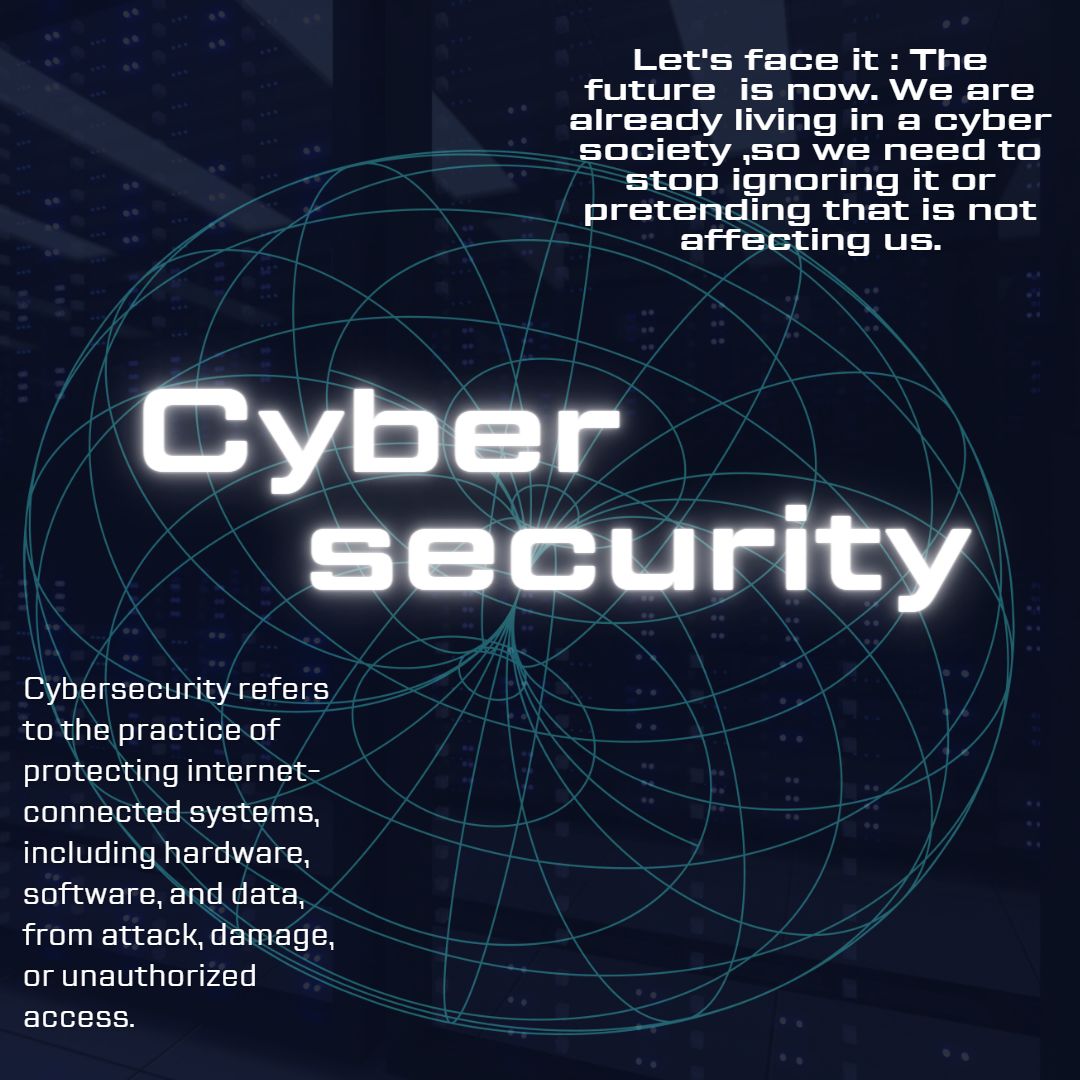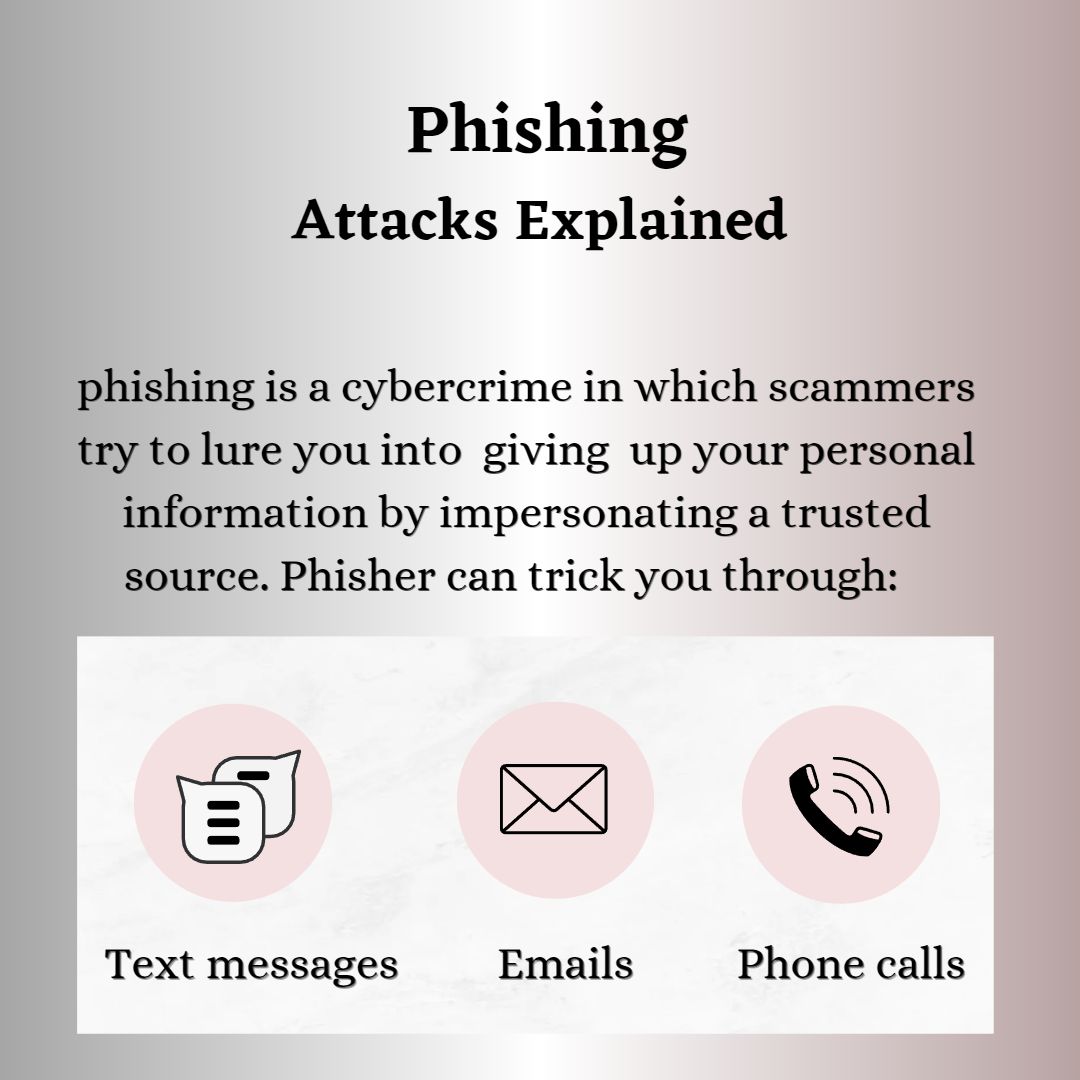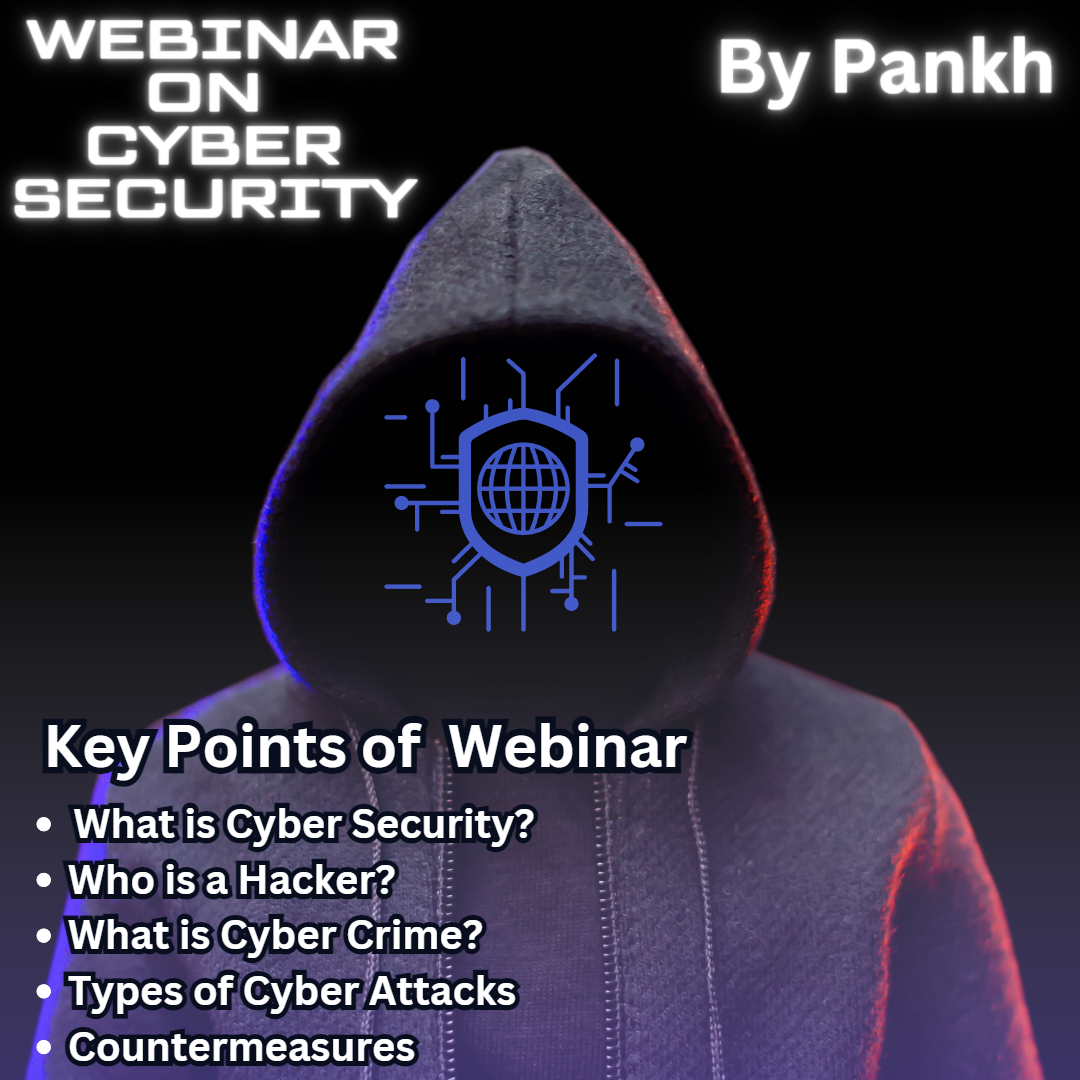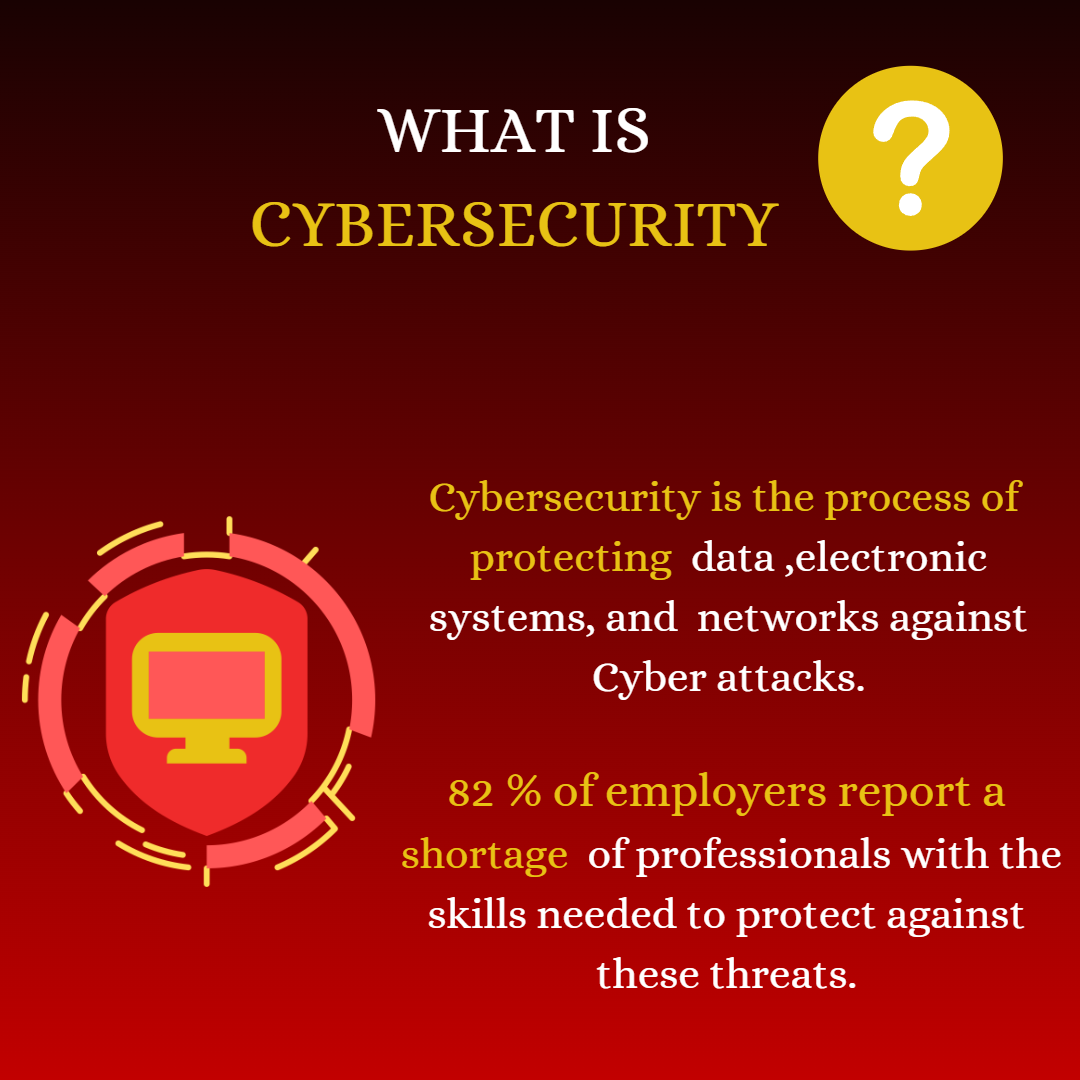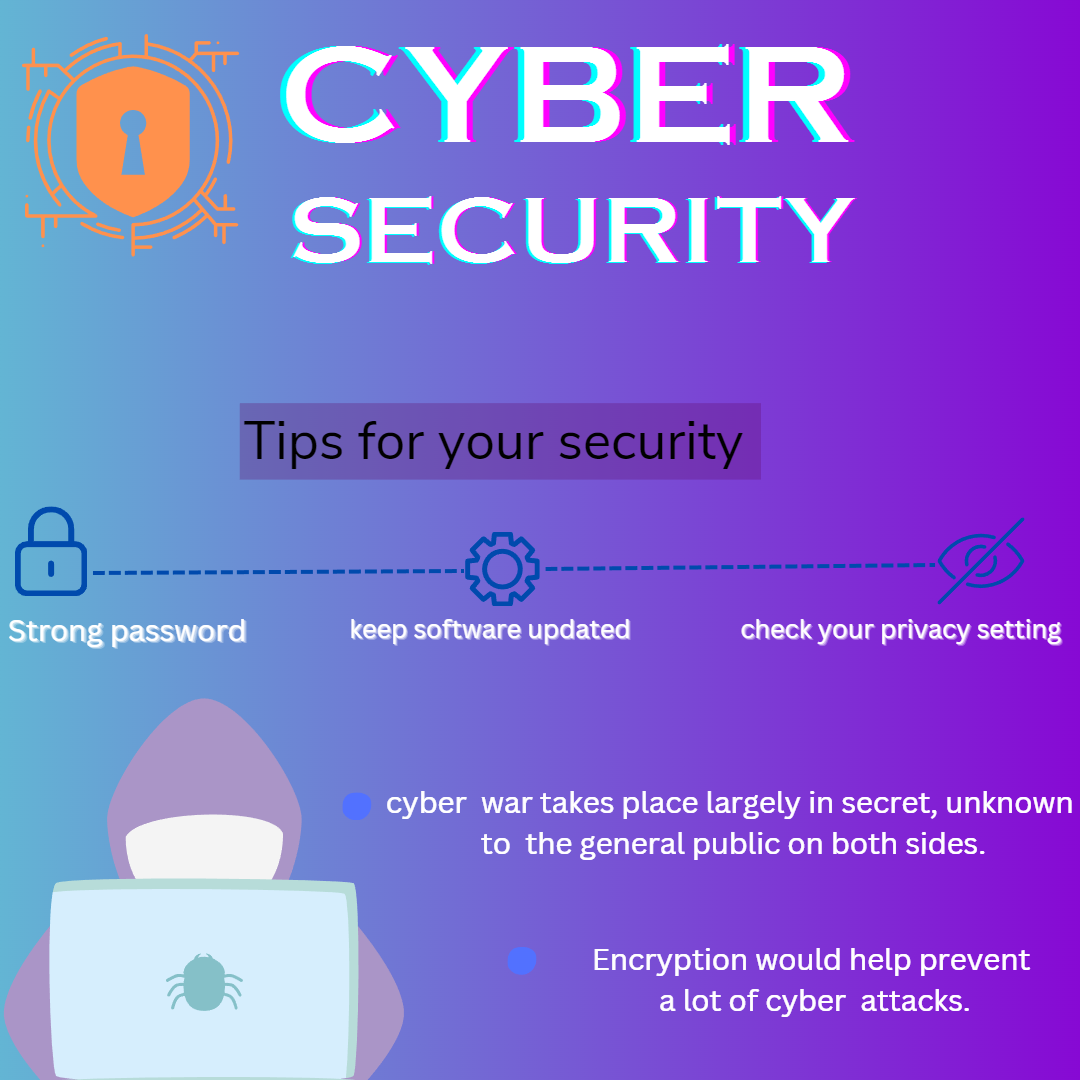Quishing
Quishing is a type of cyberattack that combines elements of phishing with the use of QR codes, creating a novel method for cybercriminals to deceive victims. The term “quishing” itself is a portmanteau of “QR” (Quick Response) and “phishing,” highlighting its roots in traditional phishing tactics but with a modern twist that leverages the popularity and convenience of QR codes. These attacks rely on the inherent trust and curiosity of individuals who scan QR codes without thoroughly verifying their source, often leading them into a trap set by cybercriminals.
QR codes are a matrix barcode that, when scanned by a smartphone or other QR reader, directs the user to a specific URL or other digital action. Quishing exploits this mechanism by embedding malicious links within the QR code, which can lead to phishing websites designed to steal sensitive information, such as login credentials, personal identification, or financial details. In some cases, scanning the QR code might trigger the download of malware, further compromising the victim’s device and data.
How Quishing Works
Quishing operates by leveraging the convenience and widespread use of QR codes to execute phishing attacks, often bypassing the user’s initial scrutiny due to the perception that QR codes are benign and trustworthy. Here’s a detailed breakdown of how quishing works:
Creation of Malicious QR Codes:
- Attackers generate QR codes that contain URLs leading to malicious websites. These websites are often designed to mimic legitimate ones, such as banking portals, social media sites, or online stores, making it easy to deceive unsuspecting users. In some cases, the QR codes might link directly to a malicious file download or initiate a series of automated actions on the user’s device.
Distribution Channels:
- Malicious QR codes are distributed through various mediums. Common methods include embedding them in emails, social media posts, printed flyers, business cards, or even on public posters in high-traffic areas like cafes and train stations. Attackers exploit these distribution methods to reach a broad audience or target specific groups or individuals.
Inducing the Victim to Scan:
- To entice users into scanning the QR codes, attackers use social engineering tactics. This may include pretending to offer discounts, exclusive content, or urgent actions like resetting a password. For instance, a QR code on a promotional flyer may promise a discount, or an email may suggest that scanning the QR code is necessary to confirm an account update.
Redirecting to Phishing Sites:
- Once the QR code is scanned, the victim is redirected to a phishing website. These sites are meticulously crafted to look identical to legitimate ones, often with minor discrepancies that are hard to spot. The primary goal here is to trick the victim into entering sensitive information, such as login credentials, credit card numbers, or personal identification details.
Harvesting Information:
- On the phishing site, any information entered by the victim is captured and sent to the attacker. This data can be used for various malicious purposes, including identity theft, financial fraud, or further targeted attacks against the victim or their contacts.
Malware Distribution:
- In some quishing scenarios, the QR code may not lead to a phishing site but instead prompt the user to download a file or app. This file can contain malware that compromises the victim’s device, enabling attackers to steal data, spy on activities, or even take control of the device remotely.
Exploitation of Data:
- The information gathered through quishing attacks is often exploited immediately or sold on the dark web. For businesses, this could mean compromised networks, leaked proprietary information, or exposure to ransomware. For individuals, it could lead to financial loss or identity theft.
Lack of Immediate Detection:
- One of the critical aspects of quishing is that it often goes undetected until significant damage has occurred. Unlike traditional phishing emails, which may be caught by spam filters, QR code-based attacks bypass these defenses entirely. Users often do not realize they have been targeted until it is too late.
Mitigating Quishing Risks:
- Preventing quishing attacks requires a combination of vigilance, education, and technology. Users should be encouraged to verify the legitimacy of QR codes, especially those received from unfamiliar sources. Using QR code scanning apps that display the URL before redirecting can help users avoid malicious sites. Organizations should also conduct training sessions to increase awareness of quishing tactics among employees and customers.
Technological Solutions and Consulting Support:
- Leveraging advanced security solutions such as secure QR scanners, digital signatures for QR codes, and AI-driven threat detection systems can provide additional protection against quishing attacks. For businesses looking for tailored guidance and solutions to combat quishing, our organization offers consulting services to assess vulnerabilities and implement robust security measures.
For more information or to discuss tailored strategies to protect against quishing, please contact our organization for consultancy. We provide comprehensive cybersecurity solutions designed to safeguard your data and infrastructure from evolving threats like quishing.

The simplicity and versatility of QR codes make them an attractive tool for quishing attacks. Cybercriminals can easily create and distribute malicious QR codes through various channels, including emails, social media, physical posters, business cards, and even within public spaces. This broad reach allows them to cast a wide net or, alternatively, target specific individuals or organizations with tailored attacks. Unlike traditional phishing, which relies on clicking suspicious links in emails or messages, quishing takes advantage of the growing use of mobile devices and the common practice of scanning QR codes for quick access to information.
Common Methods of Quishing
Quishing exploits the trust users place in QR codes, using various methods to distribute malicious codes that lead to phishing sites or initiate harmful actions. Here are some common methods attackers use in quishing:
Email Quishing:
- Attackers embed malicious QR codes in emails, often disguised as legitimate business communications, such as invoices, updates, or alerts. These emails prompt the recipient to scan the QR code to access a supposed secure document or confirm account details, redirecting them to phishing sites once scanned.
Social Media Quishing:
- Cybercriminals share QR codes on social media platforms, promising exclusive deals, giveaways, or access to premium content. These posts leverage the widespread reach and trust within social networks to target large numbers of users who might scan the QR code without suspicion.
Flyers and Posters in Public Spaces:
- Malicious QR codes are printed on flyers, posters, or stickers placed in public areas like cafes, malls, or public transport hubs. They often advertise fake promotions, free Wi-Fi access, or urgent notifications, luring people into scanning them on the go.
Fake Customer Support Quishing:
- Attackers pose as customer support representatives from trusted companies and send QR codes for supposed quick resolution of service issues. Scanning these codes can lead users to fake support portals or initiate unauthorized actions on their devices.
Quishing in Business Cards and Printed Material:
- Malicious QR codes are included in business cards, brochures, or printed materials handed out at events or left in public places. These codes claim to link to professional portfolios, company websites, or contact details, but instead, lead to phishing sites or malware downloads.
Quishing through Physical Mail:
- Some attackers use traditional mail to distribute malicious QR codes, sending fake letters that appear to be from trusted institutions like banks, utilities, or government agencies. These letters instruct the recipient to scan the QR code for account verification or to complete a necessary action.
Embedded in Websites or Blogs:
- QR codes with malicious links can also be embedded in compromised websites or blogs. Users visiting these sites are encouraged to scan the codes to access additional resources, exclusive content, or special offers, unknowingly falling victim to quishing.
Event and Venue Quishing:
- Attackers place fake QR codes in event venues, such as conferences or concerts, where attendees might scan them to view schedules, access Wi-Fi, or receive event-related updates. This method targets a concentrated group of people, increasing the likelihood of successful attacks.
To protect against these quishing methods and learn how to safeguard your business or personal data, our organization offers specialized consultancy and training programs. For more information or to schedule a consultation, please contact our organization for consultancy or training. We provide tailored solutions to help you identify vulnerabilities and strengthen your defenses against cyber threats like quishing.
Types of Payloads in Quishing
Quishing attacks often use various types of payloads to achieve their malicious objectives, ranging from credential theft to device compromise. Here are some common payloads used in quishing attacks:
Credential Harvesting:
- One of the most prevalent payloads in quishing is credential harvesting, where the QR code directs users to a fake login page designed to look like a legitimate service, such as a bank, email provider, or social media platform. Users are prompted to enter their login credentials, which are then captured by the attackers for unauthorized access to accounts.
Malware Distribution:
- Quishing can also be used to distribute malware directly to the victim’s device. Scanning the QR code might initiate the download of malicious software, such as ransomware, spyware, or keyloggers, which can compromise the device, steal data, or monitor user activities. This type of payload poses significant risks to both individuals and organizations.
Payment and Financial Scams:
- Attackers use QR codes to lead victims to fake payment portals, where they are asked to enter credit card information or make a payment for services or goods that do not exist. This can result in immediate financial loss and the exposure of sensitive financial details to cybercriminals.
Session Hijacking:
- Some quishing attacks involve payloads designed for session hijacking. The QR code might link to a session capture tool that intercepts session tokens, allowing attackers to gain unauthorized access to active user sessions on legitimate websites, bypassing the need for credentials.
Exploiting Device Vulnerabilities:
- Quishing can exploit known vulnerabilities in devices by directing users to malicious links that trigger exploits. These links can be used to gain unauthorized access to the device, install backdoors, or elevate privileges, allowing attackers to take full control of the device remotely.
Phishing for Personal Information:
- Beyond login credentials, quishing payloads may be aimed at collecting other personal information, such as Social Security numbers, addresses, or security questions. The QR code may lead to forms that request detailed personal data under the guise of official surveys, account verifications, or promotional sign-ups.
Redirecting to Fake Social Media or Apps:
- Some QR codes might redirect users to fake social media pages or applications that request permissions to access device data or perform actions. These payloads can lead to further data breaches, unauthorized posts, or even the spread of malicious content through the victim’s network.
Installation of Malicious Mobile Apps:
- Quishing can also involve directing users to fake app stores or download prompts, leading to the installation of malicious apps disguised as legitimate ones. These apps can steal data, spy on user activity, or serve as a platform for launching further attacks on the user’s contacts.
To defend against these diverse payloads in quishing attacks, our organization provides comprehensive consultancy and training services. For tailored guidance on protecting your systems and data from these threats, please contact our organization for consultancy or training. We offer expert advice and solutions to help you stay ahead of evolving cyber threats and secure your digital environment effectively.
Quishing is particularly effective because it preys on the trust users place in QR codes, which are often seen as convenient and harmless shortcuts to information. Many people are unaware that QR codes can hide malicious intent, and without proper precautions, they may scan these codes without hesitation. This aspect of quishing exploits a gap in cybersecurity awareness, as users often don’t scrutinize QR codes the same way they might a suspicious link in an email.

Targets of Quishing Attacks
Quishing attacks can target a wide range of individuals and organizations, exploiting the growing reliance on QR codes in daily operations. Here are some of the primary targets of quishing attacks:
Individuals:
- Everyday users are often targeted by quishing attacks, as they are less likely to scrutinize QR codes found on public posters, emails, or social media. Attackers aim to steal personal information, login credentials, or financial data, which can lead to identity theft and financial loss.
Businesses and Corporations:
- Businesses are prime targets for quishing, especially those that use QR codes in their customer interactions, such as restaurants, retailers, and service providers. Attackers may aim to compromise corporate networks, steal sensitive data, or gain access to customer information, leading to potential data breaches and reputational damage.
Event Attendees:
- Conferences, trade shows, and large public events often utilize QR codes for registration, schedules, or promotional content. Attendees scanning malicious QR codes placed in these venues can become victims, leading to the compromise of personal and business information.
Healthcare and Hospitality Sectors:
- Quishing is increasingly targeting sectors like healthcare and hospitality, where QR codes are used for menus, patient information, or contactless check-ins. By compromising these codes, attackers can access sensitive health data, financial information, or introduce malware into organizational systems.
Educational Institutions:
- Schools, colleges, and universities that use QR codes for administrative purposes, student services, or event management are also vulnerable. Quishing attacks in these environments can lead to unauthorized access to student records, financial information, or disrupt institutional operations.
Public Services and Government Agencies:
- QR codes are commonly used by public services and government agencies for providing information, making payments, or accessing services. Attackers target these sectors to disrupt operations, steal sensitive data, or mislead citizens into providing personal information under the guise of official communications.
To better protect against quishing attacks and understand the specific risks to your organization, our team offers expert consultancy and training services. For more information on how we can help safeguard your systems and educate your team, please contact our organization for consultancy or training. Our customized solutions are designed to mitigate the risks associated with quishing and enhance your overall cybersecurity posture.
Risks Associated with Quishing
Quishing attacks pose several significant risks, leveraging the deceptive nature of QR codes to compromise personal and organizational security. Here are some of the key risks associated with quishing:
Data Theft:
- One of the primary risks of quishing is data theft, where attackers capture sensitive information such as login credentials, financial details, or personal identification data through malicious QR codes. This stolen data can be used for identity theft, financial fraud, or sold on the dark web, causing extensive damage to individuals and organizations.
Financial Loss:
- Quishing can lead to direct financial loss by tricking users into entering payment information on fake portals or making unauthorized transactions. Businesses can also face financial repercussions from compromised accounts, fraudulent transactions, or regulatory fines due to data breaches.
Malware Infection:
- Scanning malicious QR codes can result in the download of malware onto devices, such as ransomware, spyware, or trojans. These infections can compromise device integrity, steal sensitive data, or lead to further exploitation, such as unauthorized access to corporate networks or systems.
Reputational Damage:
- Organizations that fall victim to quishing attacks may suffer reputational damage if customer or client information is compromised. This loss of trust can result in a decline in customer loyalty, reduced business opportunities, and significant costs in managing the fallout from the breach.
Operational Disruption:
- Quishing attacks can cause significant operational disruptions, particularly if they result in malware infections or data breaches that impact critical systems. This can lead to downtime, loss of productivity, and costly recovery efforts, affecting overall business continuity.
Legal and Regulatory Consequences:
- Failing to protect against quishing can expose organizations to legal and regulatory consequences, especially if the attack results in a data breach that violates data protection laws. Companies may face lawsuits, fines, or penalties, further compounding the financial impact of the attack.
Quishing in Different Sectors
Quishing attacks exploit the widespread use of QR codes across various sectors, tailoring their tactics to the specific practices and vulnerabilities of each industry. Here are some examples of how quishing affects different sectors:
1. Retail and E-commerce:
– In the retail sector, QR codes are commonly used for promotions, payments, and product information. Attackers exploit this by placing fake QR codes in stores or online advertisements that redirect customers to phishing sites or malicious downloads. This can lead to data breaches, financial theft, and loss of customer trust.
2. Hospitality and Food Services:
– Restaurants, hotels, and cafes often use QR codes for contactless menus, reservations, and payments. Quishing in this sector can involve fake QR codes that steal payment information or infect devices with malware. Such attacks can harm the business’s reputation and lead to financial losses from fraudulent transactions.
3. Healthcare:
– The healthcare industry uses QR codes for accessing patient information, digital records, and contactless check-ins. Quishing attacks here can result in unauthorized access to sensitive patient data, leading to privacy breaches and potential violations of healthcare regulations, with severe legal and financial implications.
4. Education:
– Educational institutions use QR codes for event registrations, student services, and accessing learning materials. Quishing attacks in schools and universities can compromise student data, disrupt services, or lead to unauthorized access to institutional networks, affecting both students and staff.
5. Financial Services:
– Banks and financial institutions use QR codes for secure transactions, account access, and customer communications. Quishing in this sector can involve fake codes that redirect users to phishing sites, resulting in the theft of banking credentials and financial fraud. This poses a significant risk to both individual and corporate clients.
6. Public Sector and Government Services:
– Government agencies use QR codes for public communications, service access, and information distribution. Quishing attacks here can mislead citizens, steal sensitive information, or disrupt public services. These attacks can undermine trust in public institutions and lead to widespread misinformation.
To effectively combat quishing in these sectors and protect your organization, our team offers dedicated consultancy and training services tailored to your industry’s specific needs. For more information on how we can help secure your operations against quishing attacks, please contact our organization for consultancy or training. Our expert solutions are designed to enhance your cybersecurity posture and safeguard your data against evolving threats.
Redirecting to Fake Social Media or Apps
Quishing attacks that involve redirecting users to fake social media platforms or apps leverage the trust people have in these familiar environments. Here are some key points about this type of quishing attack:
Impersonation of Social Media Platforms:
- Attackers create fake social media login pages and use QR codes to redirect users to these fraudulent sites. These pages often mimic the appearance of legitimate platforms, tricking users into entering their credentials, which are then harvested for unauthorized access to accounts.
Malicious App Downloads:
- QR codes can direct users to download malicious apps disguised as popular social media or utility applications. Once installed, these apps can steal personal data, monitor user activity, or serve as a gateway for further malware attacks.
Phishing Through Fake Social Media Offers:
- Attackers use QR codes to promote fake offers or contests on social media platforms, encouraging users to scan the code for exclusive deals. These fake offers often lead to phishing sites designed to capture personal information or login credentials.
Exploiting User Trust:
- By redirecting users to well-designed fake social media sites or apps, attackers exploit the inherent trust users have in these platforms. This trust makes individuals more likely to share sensitive information without questioning the legitimacy of the request.
Harvesting Personal Information:
- Once users are redirected to fake social media sites or apps, they may be prompted to provide additional personal information or complete security verification processes. This data can be used for identity theft, account takeovers, or other malicious activities.
Disruption of Social Media Accounts:
- If attackers gain access to social media accounts through these fake redirects, they can disrupt personal or professional communications, spread misinformation, or engage in further attacks using the compromised accounts, potentially causing significant damage to the victim’s online presence.
Installation of Malicious Mobile Apps:
Quishing attacks that involve the installation of malicious mobile apps exploit QR codes to trick users into downloading harmful software. Here are some detailed points about this type of quishing attack:
1. Distribution of Fake App Links:
– Attackers use QR codes to link to fake app stores or download sites that appear legitimate. When users scan these QR codes, they are redirected to sites where they are encouraged to download apps that look genuine but are actually malicious.
2. App Spoofing:
– Malicious apps are designed to mimic popular and trusted applications. These fake apps might have similar names, icons, and functionalities to well-known apps, making it difficult for users to discern that they are harmful.
3. Data Theft:
– Once installed, malicious apps can request permissions to access sensitive information, such as contacts, messages, or location data. Attackers use this information for identity theft, financial fraud, or espionage.
4. Spyware and Surveillance:
– Some malicious apps function as spyware, secretly monitoring user activities, capturing keystrokes, or recording conversations. This can lead to unauthorized access to personal and confidential information, as well as potential privacy violations.
5. Device Compromise:
– Malicious apps can exploit vulnerabilities in the mobile operating system to gain elevated privileges or install additional malware. This can result in full control over the device, allowing attackers to manipulate or misuse it.
6. Spread of Additional Malware:
– Malicious apps may serve as a platform for delivering further malware, such as ransomware or trojans. Once the initial app is installed, it can download and install other malicious software, compounding the security threat.
7. Data Exfiltration and Fraud:
– Attackers use compromised devices to exfiltrate data or engage in fraudulent activities. This could involve stealing banking credentials, making unauthorized transactions, or using the device to perpetrate further attacks on the victim’s contacts.
8. Impact on Device Performance:
– Malicious apps can degrade device performance by consuming excessive resources, draining battery life, or causing crashes and instability. This disrupts normal device operations and can lead to a frustrating user experience.
9. Reputational Damage and Legal Risks:
– For organizations, the distribution of malicious apps can lead to significant reputational damage and potential legal consequences, especially if customer data is compromised. Regulatory penalties and loss of customer trust can have long-term impacts on business operations.
To protect against these risks and ensure the security of your mobile devices, our organization offers expert consultancy and training services. For more information on safeguarding your systems from malicious app attacks and enhancing your cybersecurity measures, please contact our organization for consultancy or training. We provide comprehensive solutions tailored to address the evolving threats in mobile security.
The consequences of falling victim to a quishing attack can be severe. Once a user is directed to a phishing site, they may be tricked into entering their credentials or other sensitive information, which can be harvested by attackers for fraudulent purposes. If malware is involved, the user’s device could be compromised, leading to data theft, loss of personal or financial information, or even complete device control by the attacker. For businesses, quishing can result in compromised corporate networks, data breaches, and significant financial losses.
To mitigate the risks associated with quishing, it is crucial for individuals and organizations to adopt a cautious approach when dealing with QR codes. This includes verifying the source of the QR code before scanning, using QR code scanner apps that display the embedded URL, and being wary of QR codes from untrusted or unfamiliar sources. Organizations should also educate their employees and customers about the risks of quishing and implement security measures that help detect and block these attacks.
Technological advancements also offer potential defenses against quishing. For example, the development of secure QR code scanning technologies that can detect and alert users to malicious URLs, as well as digital signatures for QR codes, can provide additional layers of security. Furthermore, artificial intelligence and machine learning can play a role in identifying patterns of quishing attacks and preventing them before they reach potential victims.
Overall, quishing represents a modern evolution of phishing that leverages the widespread use of QR codes in everyday life. As digital and mobile technologies continue to evolve, so too will the tactics used by cybercriminals, making it imperative for users and organizations to stay informed and vigilant against emerging threats like quishing. By understanding the mechanics of these attacks and taking proactive steps to safeguard against them, individuals and businesses can reduce their vulnerability to this growing cybersecurity threat.



